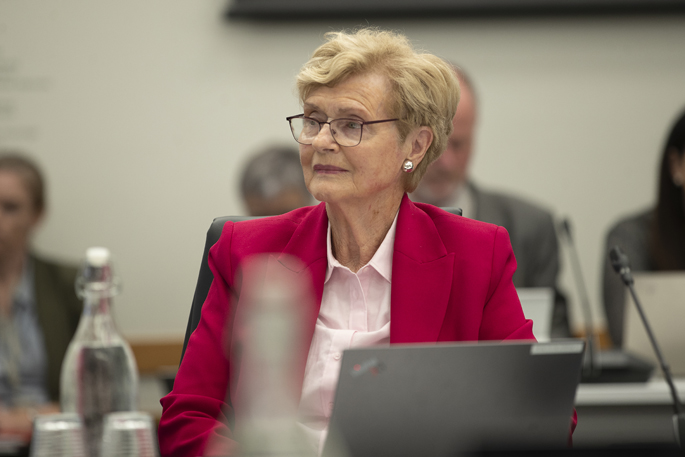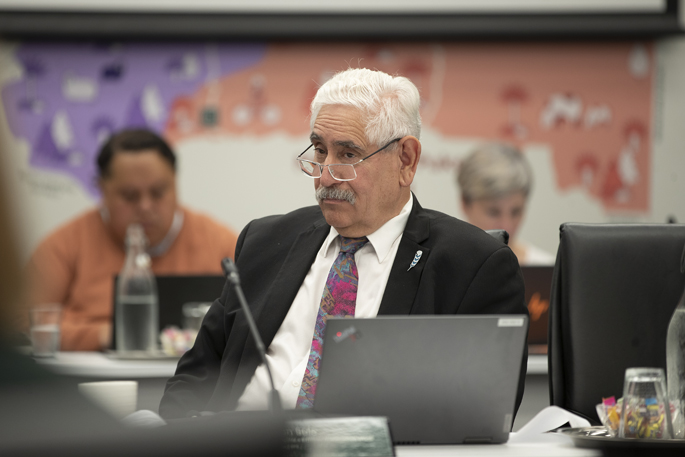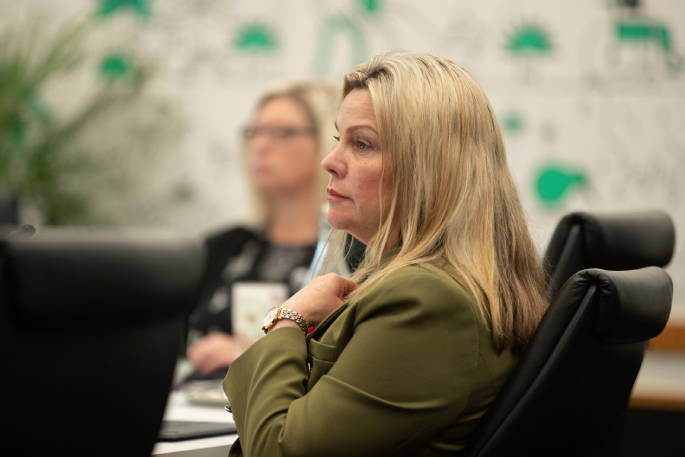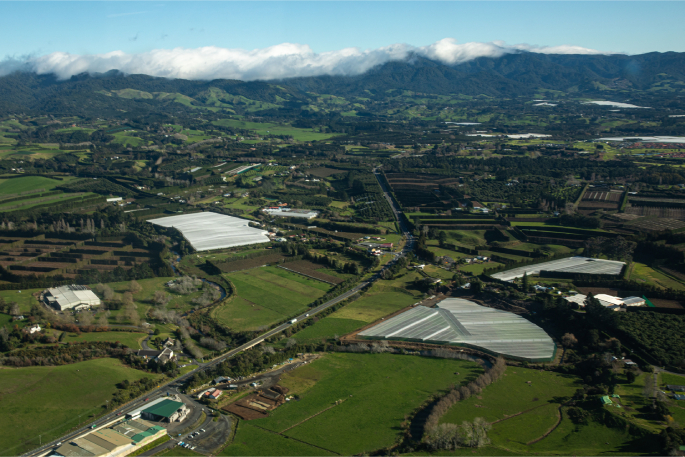Western Bay residents will have a Māori ward councillor for the first time next election, while the number of councillors could drop.
Residents will be consulted on how Western Bay of Plenty will be represented by its district council from Monday.
The council adopted its representation review proposal on Thursday, which suggested reducing councillors from 12 to 10 and adding the Māori ward, which covers the entire district.
It retains the current wards but reduces councillors in each. The mayor would still be elected at large.
The Kaimai ward would drop from four councillors to three, Katikati-Waihī Beach ward would have two councillors instead of three, and the Maketu-Te Puke ward would have three councillors reduced from four.

Councillor Margaret Murray-Benge said she didn’t support losing three councillors from the current wards. Photo / John Borren
Kaimai ward councillor Margaret Murray-Benge she couldn’t accept that three representatives were lost from other wards in order to have a Māori ward councillor.
Having just three councillors in the Kaimai ward was expecting a lot of them because it was a very large area to cover, she said.
“Losing three [councillors] in order to gain one, I am opposed to, full stop.”
Councillor Don Thwaites said the council wasn’t losing three councillors to gain one.
Streamlining council with nine councillors and a mayor represented good practice, he said.
The elected members had moved to more district-wide thinking in the years he had been on council and this proposal would be the next step forward for good governance, said Thwaites.
“Ten will be an outstanding number.”

Councillor Allan Sole said he couldn’t support the proposal because of the Māori ward. Photo / John Borren
Councillor Allan Sole said he couldn’t support the proposed structure because it included a Māori ward.
The council last week confirmed its decision to keep the Māori ward they adopted in August 2023.
The government directed councils to rescind Māori wards established after 2021 or hold a binding referendum on them at the local body election in 2025.
Councillor Andy Wichers said elected members’ pay would increase with fewer of them, which justified the extra work required.
Councillor Rodney Joyce said the increased pay would also attract a wider pool of people.
A councillor chairing a committee receives an annual salary of $53,094.
A councillor with no extra responsibilities has a salary of $45,322, while the deputy mayor receives $70,020 and the mayor $145,667.

Councillor Tracey Coxhead said none of the councillors were there because of the money but because they wanted to do the right thing. Photo /John Borren
Councillor Tracey Coxhead said if council wanted to attract the best then people needed to be remunerated fairly.
“None of us around the table here are here because of the money. We’re here because we want to be, and we want to do the right thing.”
Councillor Laura Rae said she couldn’t support the proposal because the district needed two Māori ward councillors, not one.
Joyce said having one Māori ward councillor wasn’t perfect, but it was better.
The representation proposal would also retain the district’s five community boards but shift the boundaries of some.
The community boards are Waihī Beach, Katikati, Ōmokoroa, Te Puke and Maketu.
The representation proposal was chosen because it responded to the majority of submissions in the council’s pre-engagement.
It also provided fair and effective representation of communities of interest across the district, the draft consultation document said.
Councils have to conduct a representation review every six years.
Consultation on the representation proposal will run from September 16 to October 11.
LDR is local body journalism co-funded by RNZ and NZ On Air.




0 comments
Leave a Comment
You must be logged in to make a comment.